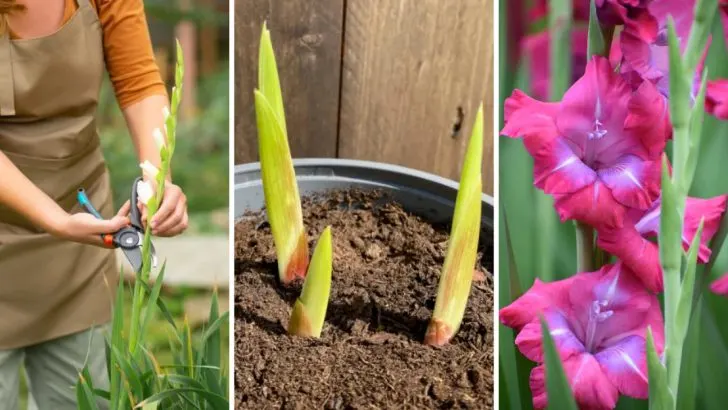Gladiolus flowers, with their striking vertical blooms and vibrant colors, are a breathtaking addition to any garden. Growing these stunning flowers doesn’t have to be daunting if you follow a few essential tips.
From choosing the right bulbs to ensuring proper sunlight and soil conditions, these practical insights will help your gladiolus thrive. Whether you’re a seasoned gardener or just starting, these nine tips will guide you in cultivating healthy and gorgeous gladiolus flowers that will make your garden stand out.
Choosing the Right Site
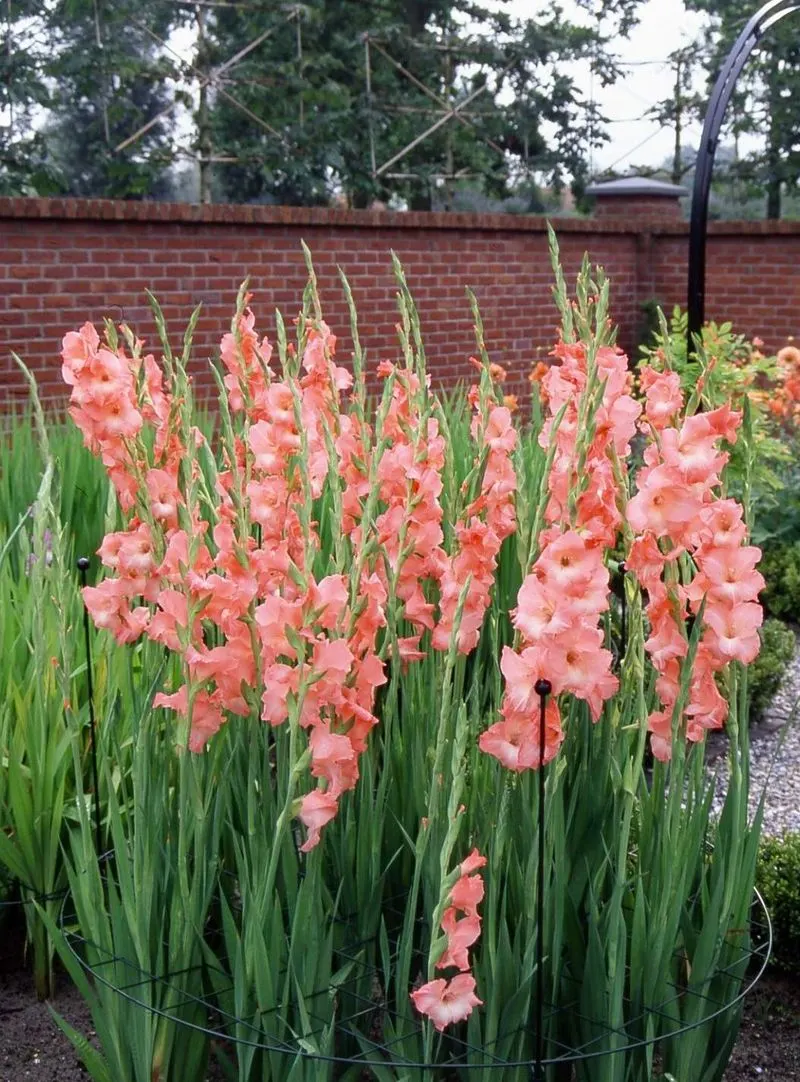
To start on the right foot, consider the ideal location for gladiolus flowers in your garden. They thrive in well-drained soil and full sun. Ensure the spot receives at least six hours of sunlight daily. Avoid areas prone to water pooling, as this can lead to rot. If your garden soil is heavy clay, amend it with organic matter to improve drainage. This adjustment will set a strong foundation for your gladiolus plants. Prioritizing the right site enhances your chances of growing healthy, stunning blooms that capture everyone’s attention.
Optimal Planting Time
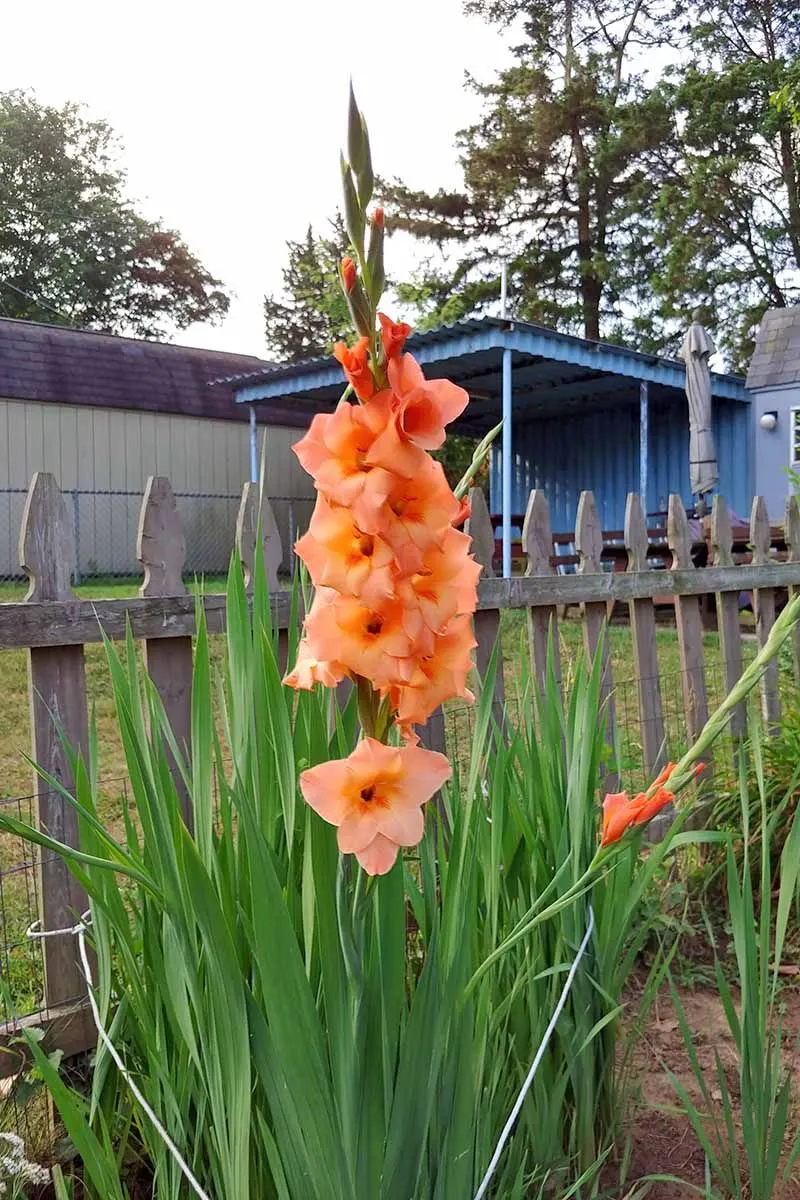
Timing plays a pivotal role in the successful growth of gladiolus. Aim to plant the bulbs in mid-spring, once the danger of frost has passed. Soil temperatures should ideally be above 55°F. This ensures the bulbs establish well before the summer heat hits. Planting too early can expose them to cold damage, while planting too late can hinder bloom development. By carefully selecting the optimal planting window, you give your gladiolus the best start possible. This proactive approach leads to a flourishing display of flowers in the months ahead.
Spacing and Depth
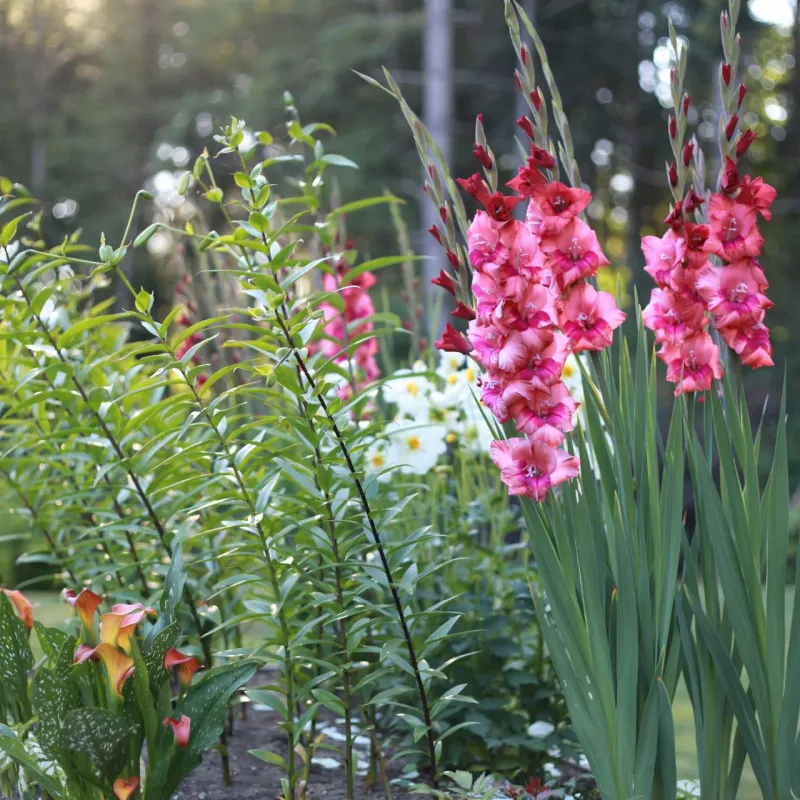
Proper planting technique is crucial for gladiolus. Bulbs should be planted about 4 inches deep and spaced 6 inches apart. This spacing allows adequate air circulation, minimizing disease risk. Planting at the correct depth supports robust stem growth, essential for bearing the weight of the flowers. When planting in rows, ensure the rows are about 24 inches apart. This arrangement provides ample room for tending the plants. Thoughtful planting practices set the stage for a thriving gladiolus garden with sturdy, beautiful blooms.
Watering Wisely
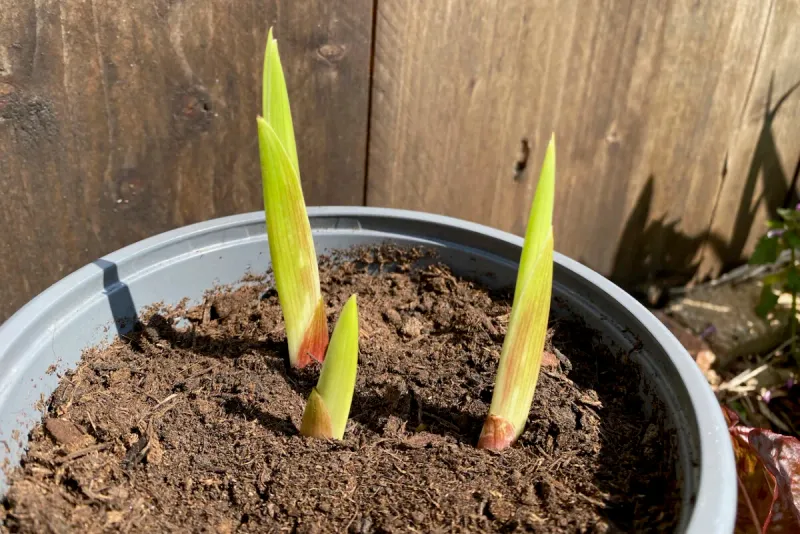
Water management is vital for healthy gladiolus growth. Provide consistent moisture, especially during dry spells, but avoid waterlogging the soil. A deep watering once a week is often sufficient, encouraging deep root development. During active growth and blooming, monitor the soil moisture closely. Mulching around the plants can help retain moisture and reduce watering frequency. This careful balance helps prevent issues such as root rot or stunted growth. By understanding your garden’s water needs, you can nurture your gladiolus to their full potential.
Fertilizing for Bloom
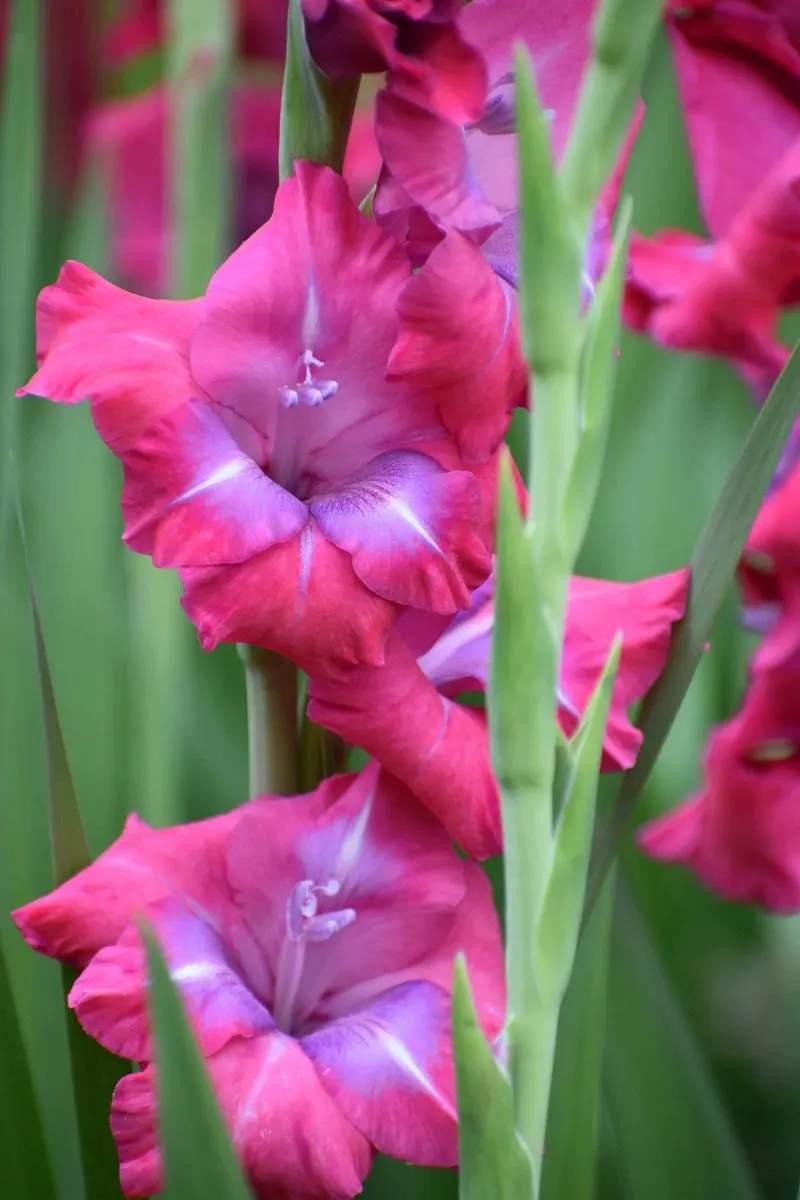
Feeding gladiolus plants properly boosts their blooming potential. Use a balanced fertilizer, rich in phosphorus, to encourage abundant flowers. Apply the fertilizer when shoots first appear and repeat every four to six weeks during the growing season. Avoid high-nitrogen fertilizers, as they promote leaf growth over flowers. For organic options, consider compost or well-rotted manure to enrich the soil. Consistent feeding ensures your gladiolus plants have the nutrients needed for vibrant, long-lasting blooms. This approach keeps them healthy and ready to impress with their colorful displays.
Staking for Support
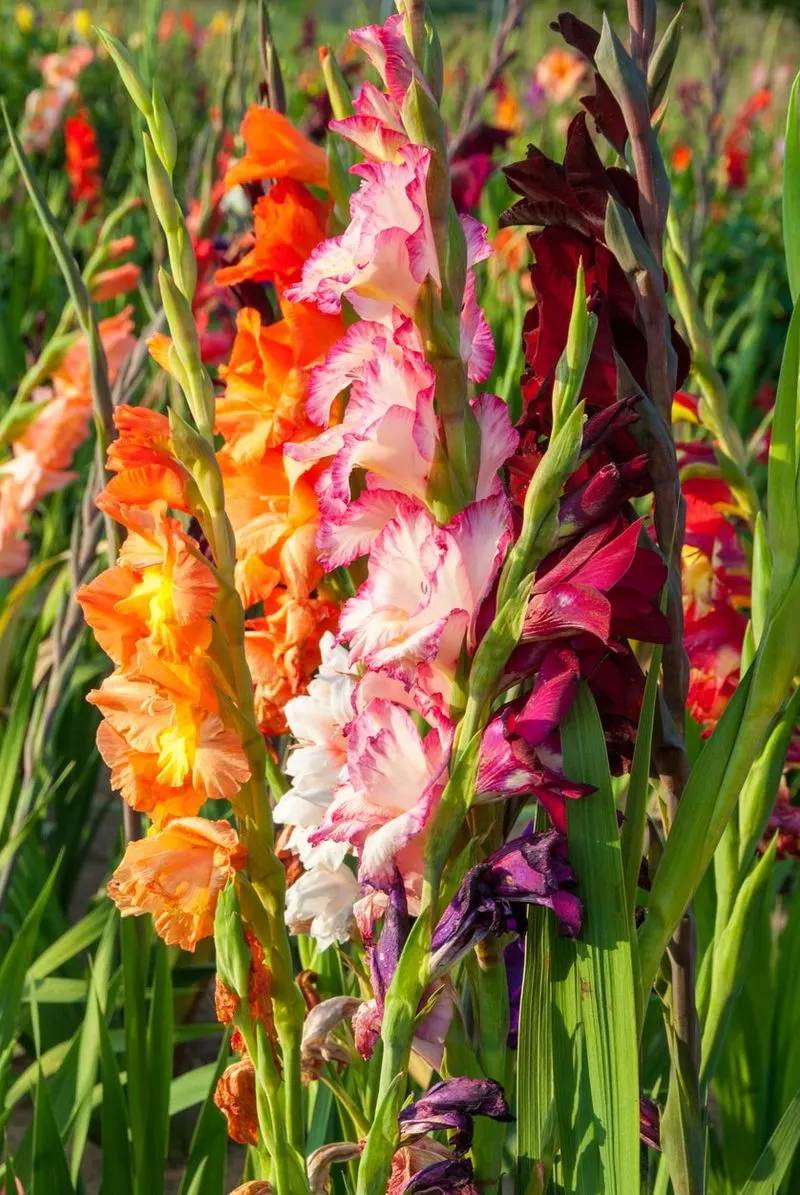
Tall gladiolus spikes require support to prevent bending or breaking. Use stakes or plant supports as the stems begin to grow, especially in windy areas. Bamboo stakes or metal rods work well, providing unobtrusive support. Tie the stems gently to the stakes using soft ties, allowing for natural movement. Supporting your gladiolus reduces the risk of damage, maintaining their upright, majestic appearance. This precaution is essential to showcase their beauty fully, particularly when the flowers are in full bloom. By investing in staking, you ensure a spectacular floral display.
Pest and Disease Management
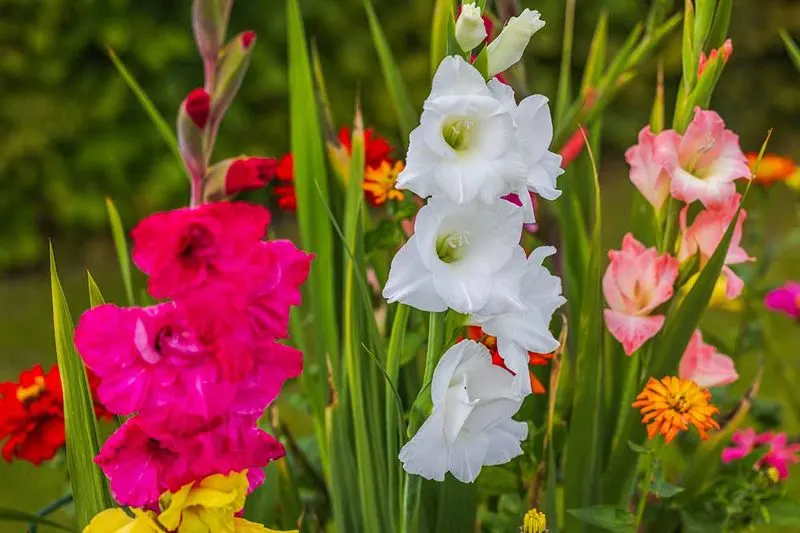
Keeping gladiolus plants pest and disease free is crucial for their health. Regularly inspect the leaves and stems for signs of aphids, thrips, or fungal diseases. If detected, remove affected parts promptly and consider organic treatments like neem oil. Maintaining good air circulation and avoiding overhead watering also helps prevent disease. Crop rotation can minimize pest buildup in the soil. Being proactive in managing potential threats keeps your gladiolus healthy and vibrant. A vigilant approach ensures your flowers remain a stunning focal point in the garden.
Deadheading and Pruning
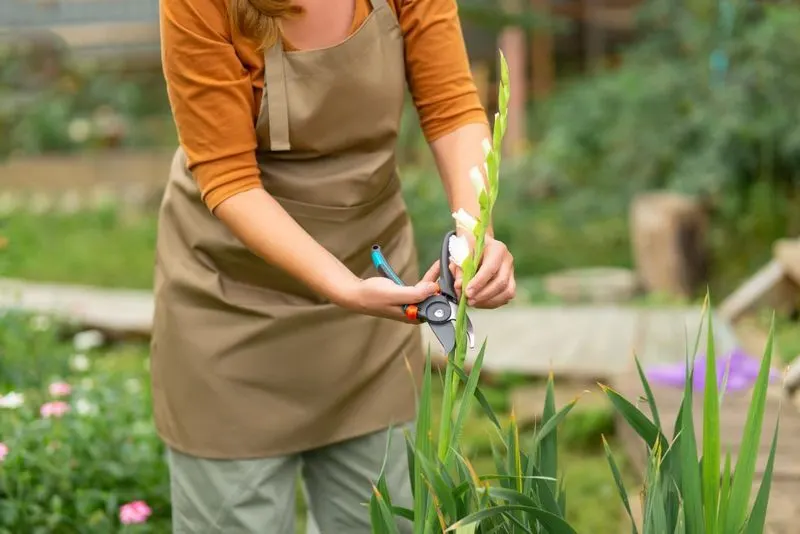
Removing spent blooms, known as deadheading, encourages gladiolus plants to focus energy on producing more flowers. Use sharp scissors to cut off faded flowers just above the nearest leaf. Regular deadheading keeps the plants tidy and prolongs the blooming period. Pruning yellow or damaged leaves also helps maintain plant health. This simple task reduces the risk of disease spread and ensures your gladiolus remain a centerpiece. Embracing these practices maximizes the flowering potential, rewarding you with continuous, eye-catching blooms throughout the season.
Preparing for Winter
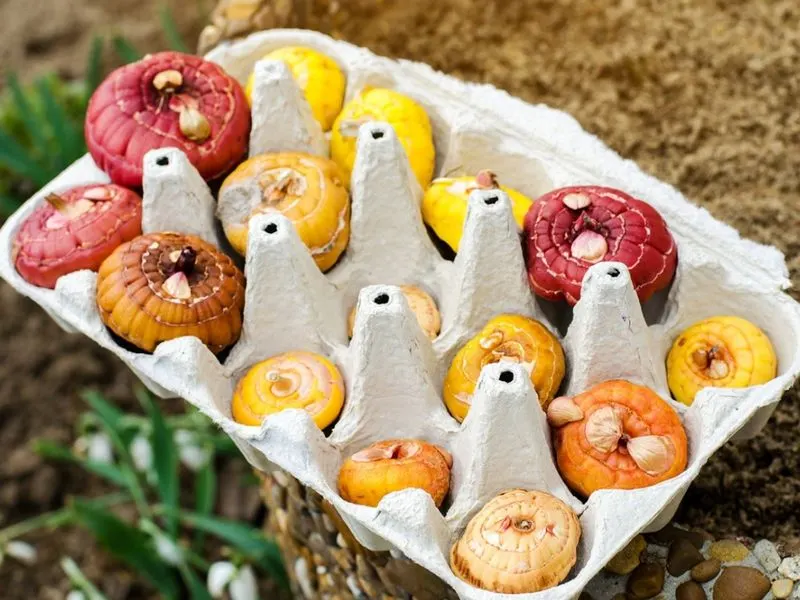
As the colder months approach, it’s time to prepare your gladiolus bulbs for winter. In regions with harsh winters, dig up the bulbs after the first frost. Carefully clean off soil and dry them before storage. Store in a cool, dry place, such as a basement, to protect them from freezing temperatures. In milder climates, a thick layer of mulch might suffice for winter protection. Proper winter preparation ensures your gladiolus bulbs are ready to replant in spring. This cycle of care keeps your garden vibrant year after year.

